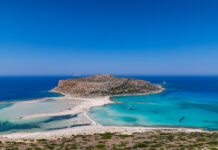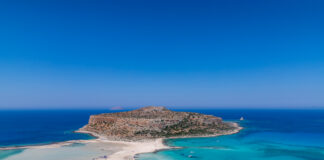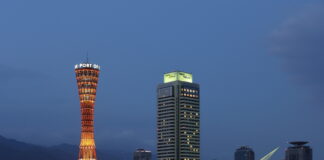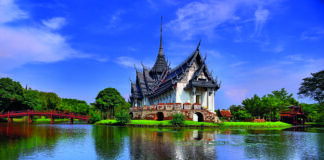Food
Oslo, the cosmopolitan heart of Norway, offers a delectable culinary scene that elegantly blends traditional Norwegian flavors with an international twist. A hallmark of Oslo's gastronomy is the abundant use of locally-sourced and seasonal ingredients, emphasizing sustainable dining.
Start your culinary journey with traditional Norwegian dishes like Fårikål, the national dish consisting of mutton and cabbage slow-cooked to perfection, often served with potatoes and a side of flatbread. Seafood lovers should try Rakfisk, a traditional Norwegian dish of fermented trout.

Oslo's modern food scene is equally impressive, boasting several Michelin-starred restaurants. The city is a haven for foodies, with an ever-growing list of eateries serving everything from New Nordic Cuisine to international dishes.
Remember to sample some of Oslo's sweet treats. Krumkake is a must-try—a thin, rolled cake filled with whipped cream or fruit.
Culture
Oslo, often called the 'blue-green city,' is where modern architecture coexists harmoniously with extensive green spaces. Being Norway's cultural epicenter, Oslo boasts many museums, art galleries, and theaters. Each year, it serves as the stage for a myriad of arts and music festivals, drawing in renowned artists and performers from around the globe.
Its Viking history further enriches the city's cultural scene, prominently displayed in its historical museums. Oslo's rich cultural tapestry is a testament to its past and progressive present.
Travel Tips
- Public Transport: Oslo boasts an efficient public transportation system, encompassing trams, buses, ferries, and trains. The Oslo Pass provides unlimited travel across the network and free admission to numerous museums and attractions.
- Language: The official language is Norwegian, but English is widely spoken, making it easy for travelers to communicate.
- Safety: Oslo is a safe city. However, as with any major city, it is advisable to take standard precautions, particularly in crowded places and at night.
- Best Time to Visit: The best time to visit Oslo is during the summer (June-August). The city is lively, the days are long, and outdoor activities abound. However, winter offers its charm with snowy landscapes and winter sports.
- Tipping: It's common practice for the service fee to be already factored into your bill. However, a tip of around 10% is appreciated for exceptional service.
Interesting Facts
- Oslo was named the European Green Capital in 2019 due to its dedication to sustainable development.
- Founded in 1048 AD by King Harald III, Oslo is one of Scandinavia's oldest capitals.
- Oslo is geographically unique—one of the few cities where you can enjoy outdoor activities in the forest, swim in the fjord, and enjoy urban city life all day.
Top Places
Oslo is a city of natural beauty, history, and modern architecture:
- Vigeland Sculpture Park: The world's largest sculpture park was made by a single artist, Gustav Vigeland. It features over 200 intriguing sculptures.
- Akershus Fortress: A medieval castle offering a glimpse into Oslo's history and stunning views over the Oslo Fjord.
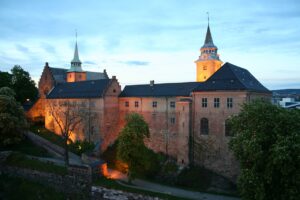
- Holmenkollen Ski Jump: An iconic symbol of Norway offering spectacular city views. The adjacent Ski Museum is also worth a visit.
- The Viking Ship Museum is home to well-preserved Viking ships and artifacts, showcasing Norway's proud history.
- Oslo Opera House: An architectural marvel where you can enjoy world-class performances and walk on the rooftop for panoramic city views.
Whether you're an adventurer seeking the thrill of winter sports, a history buff keen on exploring Norway's Viking past, or a foodie looking to explore Nordic flavors, Oslo promises an unforgettable journey.



